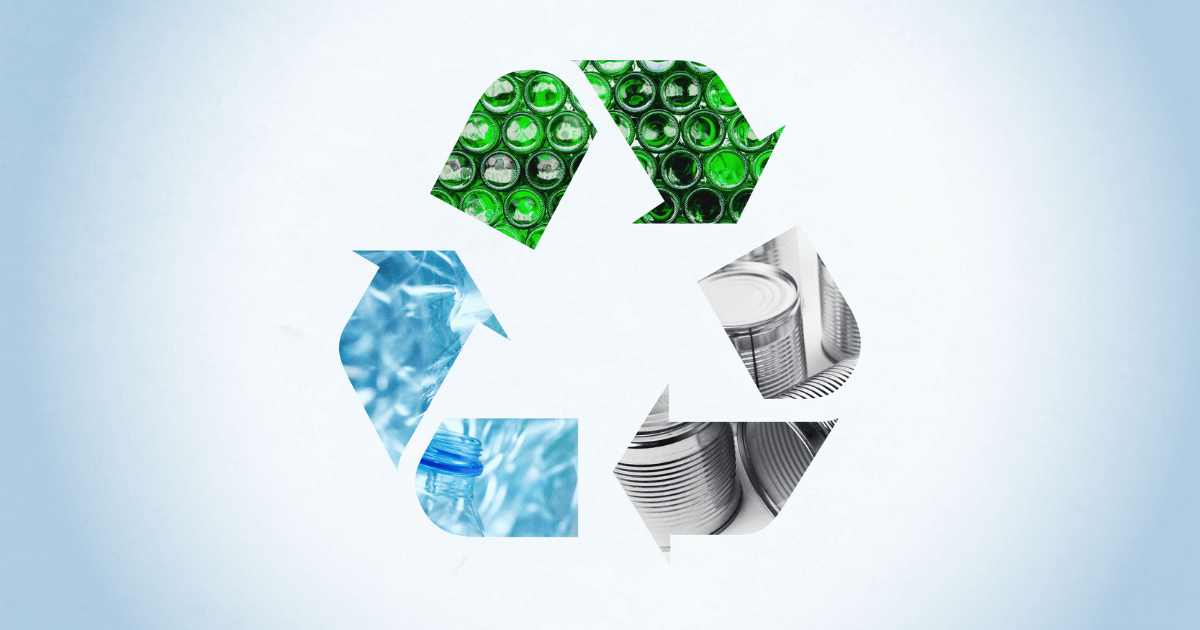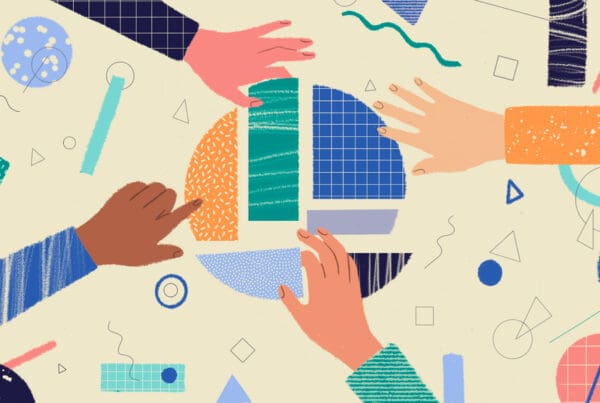Highlights | Recycle right
- The chasing arrow symbol on a plastic item does not mean the product is recyclable.
- Empty cans, bottles and food jars should be sorted into recycling.
- All recyclables must be clean, empty and dry before entering the bin.
- Clean or unused plungers, face masks, gloves, IV tubing, blue wrap and gowns cannot go in the regular recycling.
- Any presence of medical supplies in recycling facilities sends all materials in that load to the landfill.
Have you ever stood in front of trash, recycle and compost bins with an item and wondered what to do? Us too.
Recycling can be confusing for everyone, especially those in the healthcare field dealing with not-so-standard items.
This Earth Day, April 22, we’re sharing five tips by UW Recycling and Recology King County to help you recycle right and lower UW Medicine’s environmental impact — plus resources to help you treat every day like Earth Day.
Ignore the chasing arrow symbol
The chasing arrow symbol on a plastic item does not mean the product is recyclable. The symbol and the number inside it is a “resin identification code,” which tells the consumers what kind of plastic was used to make the product. In Seattle, this item symbol does not mean you should recycle it.
Recyclables are sorted by people and specialized machinery at large recycling facilities. It’s a system that can only sort common items with distinct traits. This is one reason why you can recycle clean bottles, cans, cartons and cups. Bottles and cans are specific shapes, which are easier to sort at these facilities.
It’s common to see different plastic items in healthcare facilities. Usually, these items cannot go into the recycling bins.
Dispose of clean or unused medical plastics and personal protective equipment in the garbage
Unused or clean plungers, face masks, gloves, IV tubing, blue wrap and gowns are not accepted in regular recycling. A good rule of thumb is that if an item was part of a procedure kit or tray, it cannot be recycled.
Any presence of medical-related waste in recycling facilities sends all materials in that load to the landfill. This keeps workers safe, as there is no way to know if these materials are hazardous. Tossing these items in the garbage is better than putting people at risk.
Recyclables should be empty, clean and dry
It is important to make sure items are empty, clean and dry. When items are wet or covered with food, they will create mold and degrade other materials in the container or load. If you can’t empty a recyclable item, dispose of it as garbage.
When in doubt, find out
If you’re unsure if an item is recyclable, check the nearby signage or contact your Environmental Services Department. If you are at a clinic, check the local recycling guidelines.
When we throw something into the recycling bin and hope for the best (wish-cycling), we may cause more problems than we solve. Sometimes, using the garbage bin can actually help improve recycling for everyone.
Learn more to recycle right
Learn more about UW Recycling, which provides innovative recycling, composting and waste reduction solutions at the UW Seattle campus.
Sustainability at Harborview
Harborview Medical Center will be hosting activities the week of Earth Day to highlight ongoing sustainability work. Check out Harborview’s new sustainability intranet site (AMC login required) for more details.
Editor’s note: This article was originally published on April 19, 2023. In the spirit of recycling, this article has been reviewed and updated with new info. UW Recycling and Ari Cofer contributed to this article.



